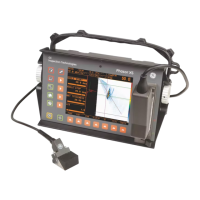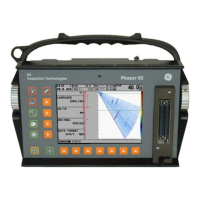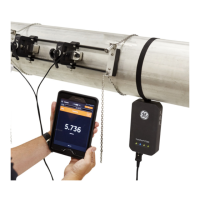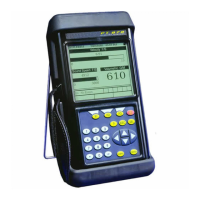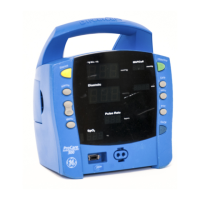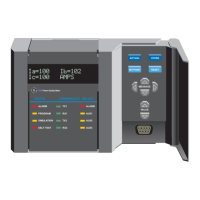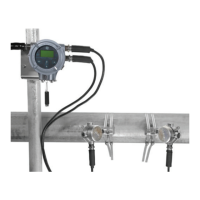4/9/98
A-30 Application of the Hygrometer (900-901D1)
Empirical Determination of K and C
S
(cont.)
Note: The Karl Fischer analysis involves titrating the test
sample against a special Karl Fischer reagent until an
endpoint is reached.
1. Measure the dew point of the known sample with the GE
Panametrics hygrometer.
2. Measure the temperature (°C) of the test solution.
3. Using a straightedge, connect the moisture content (PPM
W
)
with the measured dew point, and read the K value on the
center scale.
4. Using a straightedge, connect the above K value with the
measured temperature (°C) of the test solution, and read the
saturation concentration (PPM
W
).
Note: Since the values of K and C
S
vary with temperature, the
hygrometer measurement and the test sample analysis
must be done at the same temperature. If the moisture
probe temperature is expected to vary, the test should be
performed at more than one temperature.
B: SPECIAL CASE
As mentioned earlier, saturated straight-chain hydrocarbons
represent a special case, where the Henry’s Law constant does not
vary appreciably with temperature. In such cases, use the
nomograph for liquids in Figure A-2 to complete the analysis.
Determination of moisture content if the Henry’s Law constant
(K) is known.
1. Using a straightedge, connect the known K value on the center
scale with the dew/frost point, as measured with the GE
Panametrics hygrometer.
2. Read moisture content (PPM
W
) where the straightedge
crosses the scale on the left.
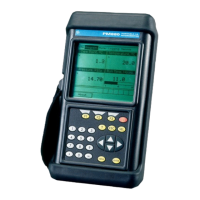
